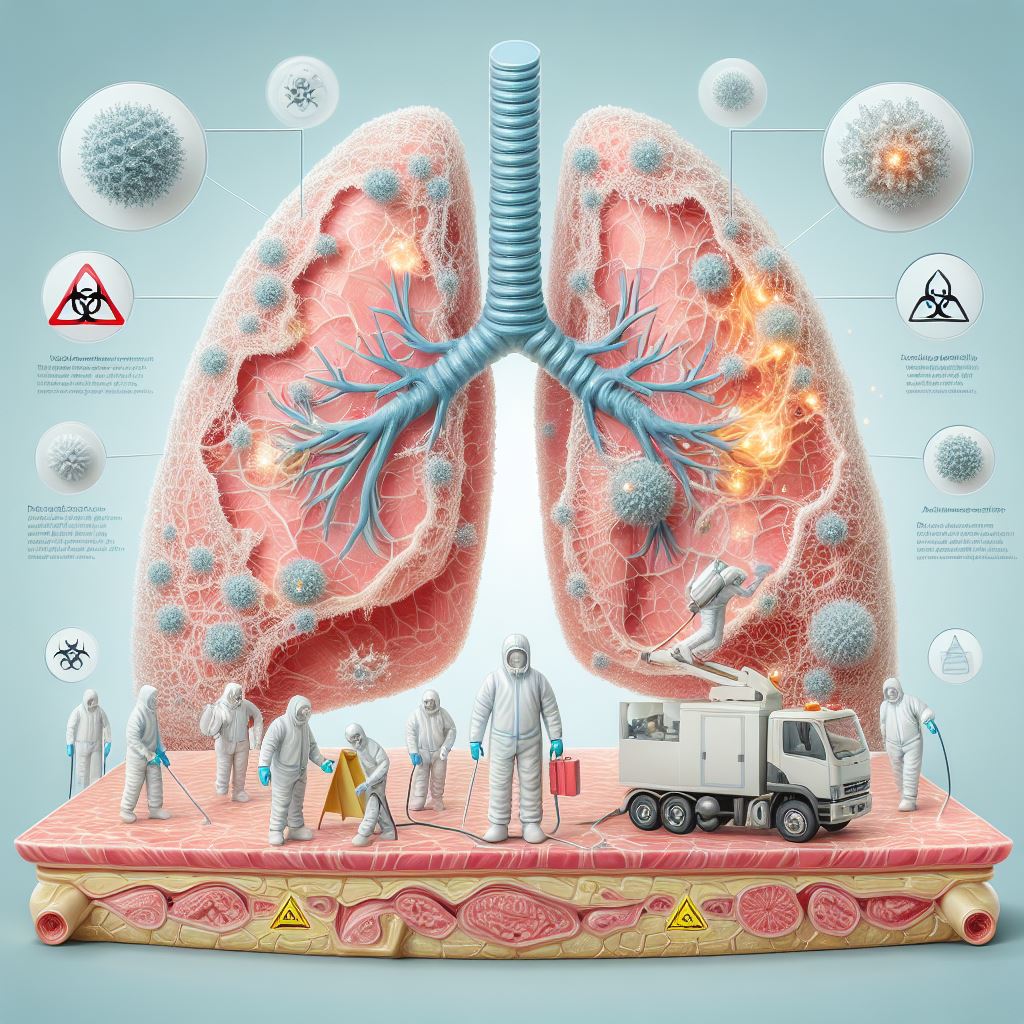EPA’s New Asbestos Ban is a Step Forward, but Roughly 40,000 People are Dying from the Lung-Damaging Mineral Each Year
EPA’s New Asbestos Ban is a Step Forward, but Roughly 40,000 People are Dying from the Lung-Damaging Mineral Each Year
By B.G. Biretta
At long last some good news on the lung front: The U.S. Environmental Protection Agency has banned the manufacture, processing, distribution, and importation of chrysotile asbestos – the most common form of the carcinogenic, lung-damaging mineral, and the only kind still used in this country.
The new rule is overdue not just by years, but by a whole generation. Announced in March, it takes effect on May 28, nearly 35 years after the first Bush administration ostensibly barred asbestos and nearly all asbestos-containing products. (Just imagine: a child born in July 1989, when that first asbestos ban was finalized, would be nearly old enough to serve as U.S. president.)
In 1991, though, a federal appeals court in New Orleans obliterated much of the 1989 rule, saying the agency had not complied with the analytical requirements of the Toxic Substances Control Act. The court’s decision was one reason a nearly unanimous Congress revised the TSCA in 2016, bolstering the EPA’s regulatory powers.
Meanwhile, industrial science, international norms, and legal repercussions have combined to accomplish much of what the EPA intended back in 1989. More than 50 countries have already adopted asbestos bans. While asbestos remains legal in the United States, its use has dwindled as better alternatives became available and bank-breaking verdicts piled up.
“The science is clear – asbestos is a known carcinogen that has severe impacts on public health,” EPA Administrator Michael Regan said in announcing the new rule.
Those health risks flow from breathing the dust released by damaged asbestos products. The dust contains small, needle-like fibers that cause the lungs to scar and harden. Over time, the lungs become too stiff to expand and contract. This condition, asbestosis, is non-cancerous but there is no cure, and the average lifespan after diagnosis is about 10 years, according to the Cleveland Clinic.
Asbestosis also increases the risk of several types of cancer, including malignant mesothelioma, in which tumors grow on the tissue surrounding the lungs, heart, and reproductive organs. While malignant mesothelioma is rare, the prognosis is heart wrenching: Most people die within a year of being diagnosed, and only a “rare few were alive at the five-year mark,” the Cleveland Clinic says.
According to the EPA, asbestos exposure also causes cancers of the lungs, larynx, and ovaries, and is linked to more than 40,000 deaths each year.

To be clear, most of those deaths result from exposures that occurred long ago, and from all forms of asbestos.
However, EPA has identified thousands of workers and hobbyists who are still being exposed to chrysotile asbestos today, primarily from three sources: automotive “friction” parts like imported after-market brakes and brake linings; sheet gaskets, which many industries use to create leak-proof seals; and asbestos-containing diaphragms used to produce chlorine in about one-third of the nation’s chlor-alkali plants.
EPA’s new rule sets deadlines to phase out ongoing uses, ranging from six months for the automotive products, to five years or more for the chlor-alkali plants, to 13 years for the Department of Energy’s Savannah River Site, which uses asbestos-containing sheet gaskets to process and dispose of nuclear material. The rule also requires worker-protection measures for any phase-out lasting more than two years.
All of this is good news for the workers, “DIY” car mechanics, and anyone who might otherwise have been exposed to asbestos fibers from the soon-to-be-eliminated sources – provided, of course, that the rule survives potential legal challenges from the affected industries, not to mention a possible change of leadership after this year’s presidential election.
Keep in mind, though, that the new rule says nothing about other forms of asbestos, or about the much broader exposure to asbestos-containing materials that were used in construction for a century before the health threat was recognized. It says nothing about the potential threats from demolition, decay, or disposal of those materials or the structures they are in.
The EPA says it is still investigating “legacy uses and associated disposal of chrysotile, and asbestos-containing talc.” It intends to release a draft evaluation soon, and a final risk evaluation by Dec. 1.

